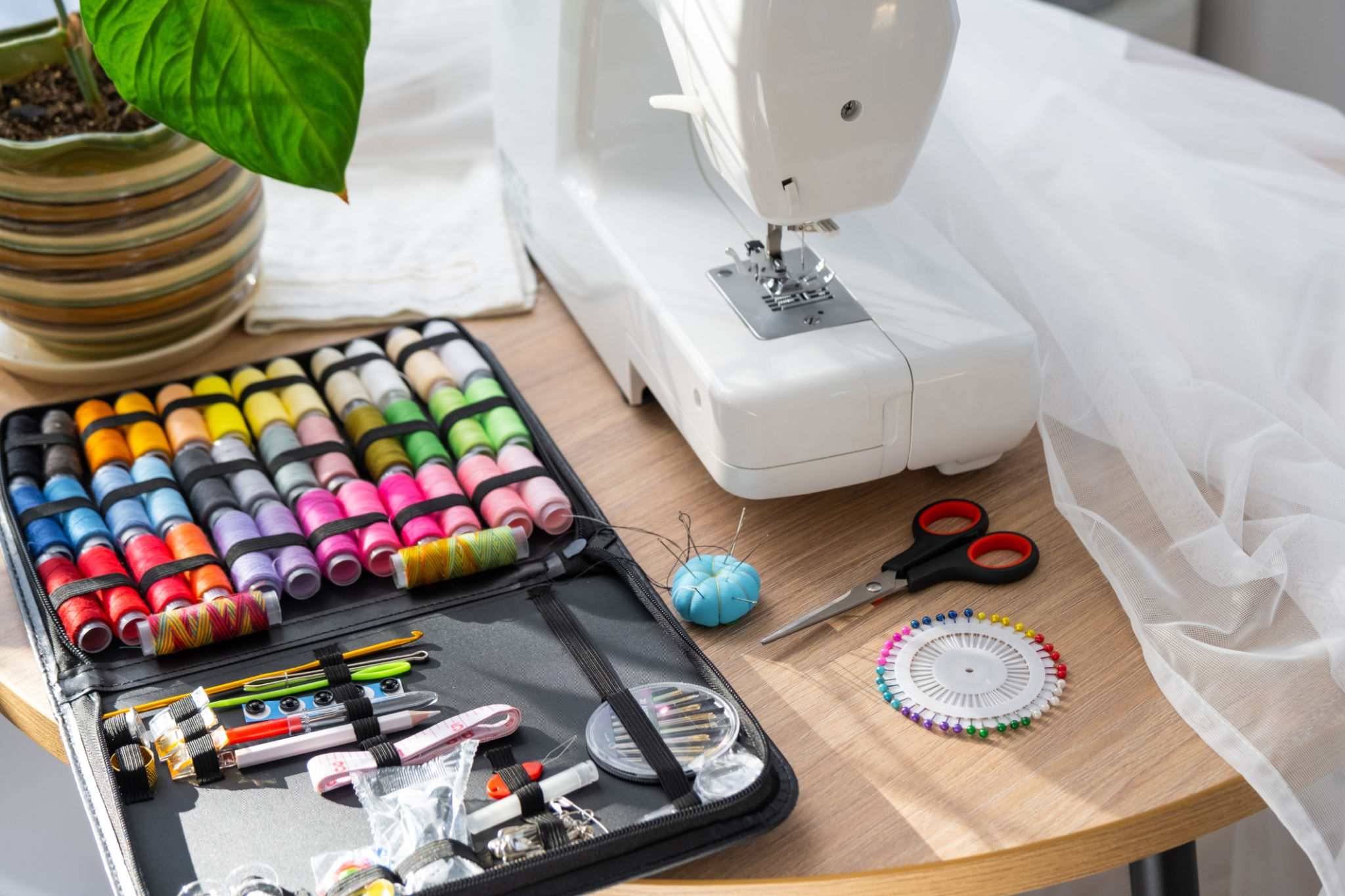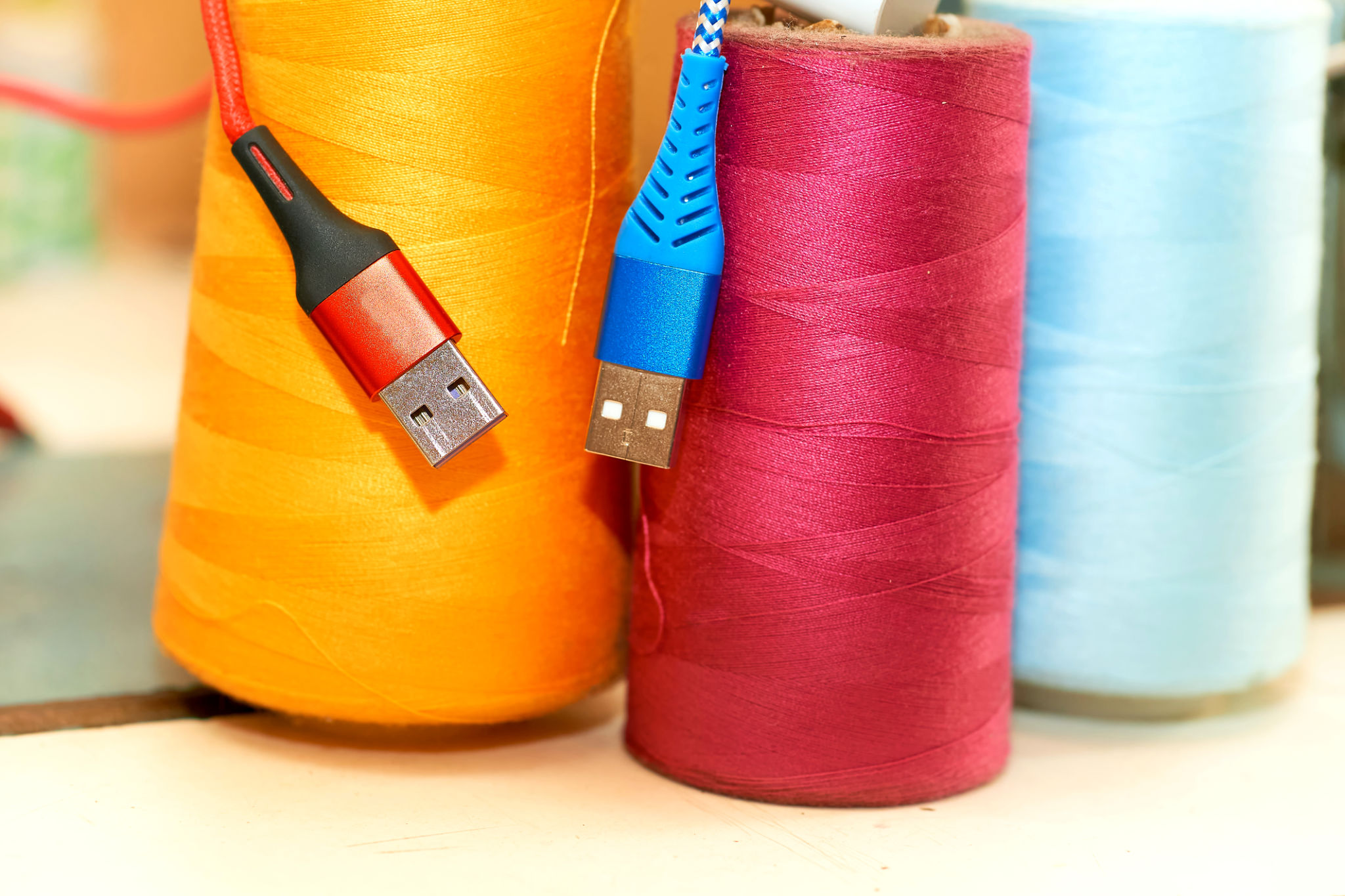Maximizing Sewing Machine Performance: A Guide for Hobbyists and Professionals
Understanding Your Sewing Machine
Whether you're a hobbyist or a professional, understanding your sewing machine is the first step toward maximizing its performance. Familiarize yourself with the components and functions of your machine. Refer to the user manual to get a comprehensive overview of its features. Knowledge about your machine's capabilities can help you troubleshoot issues and enhance productivity.

Regular Maintenance and Cleaning
Routine maintenance and cleaning are crucial for keeping your sewing machine in top condition. Dust and lint can accumulate in the bobbin area and tension discs, leading to performance issues. Regularly clean these parts using a small brush or vacuum attachment. Remember to oil your machine as directed by the manufacturer to ensure smooth operation.
Daily Care Tips
At the end of each sewing session, take a few minutes to wipe down your machine. This simple habit can prevent dust buildup and keep your machine looking new. Ensure that you use the correct needle for the type of fabric you're working on, as using the wrong needle can cause unnecessary wear and tear.

Selecting the Right Thread and Needle
The choice of thread and needle plays a significant role in sewing machine performance. Always choose high-quality thread that suits your fabric type. Low-quality thread can cause lint buildup and may break easily, disrupting your sewing process. Similarly, using the correct needle size and type ensures smooth stitching and prevents fabric damage.
- For lightweight fabrics, use a small, sharp needle.
- For heavy fabrics, opt for a larger needle with a strong shaft.
- Match the thread type to the fabric and project requirements.
Tension Settings and Stitch Adjustments
Managing tension settings and stitch adjustments is essential for achieving professional-quality results. Incorrect tension can lead to puckering or loose stitches. Regularly test your tension settings on a scrap piece of fabric before beginning your project. Adjust stitch length and width according to the fabric type and desired outcome.

Common Tension Issues
If you notice uneven stitches or loops on either side of the fabric, it's time to adjust the tension settings. Consult your sewing machine manual for guidance on how to make these adjustments. Practice on different fabrics to develop an intuition for the perfect tension settings.
Utilizing Attachments and Accessories
Sewing machines come with a variety of attachments and accessories that can enhance their functionality. From walking feet for quilting to buttonhole attachments for garment construction, these tools can save time and improve precision. Explore the accessories included with your machine or consider purchasing additional ones that cater to your specific needs.

Exploring Specialty Feet
Specialty presser feet can expand your machine's capabilities. Consider using a zipper foot for installing zippers effortlessly or a blind hem foot for finishing hems neatly. Experimenting with different feet can open up new possibilities for your sewing projects.
Troubleshooting Common Issues
Even with regular maintenance, issues can arise. Common problems include needle breakage, skipped stitches, and thread bunching. Understanding how to troubleshoot these issues can save you time and frustration. Refer to your user manual or seek help from online communities if you encounter persistent problems.
By following these guidelines, you can maximize your sewing machine's performance, ensuring it remains a reliable tool for both simple repairs and elaborate creations.